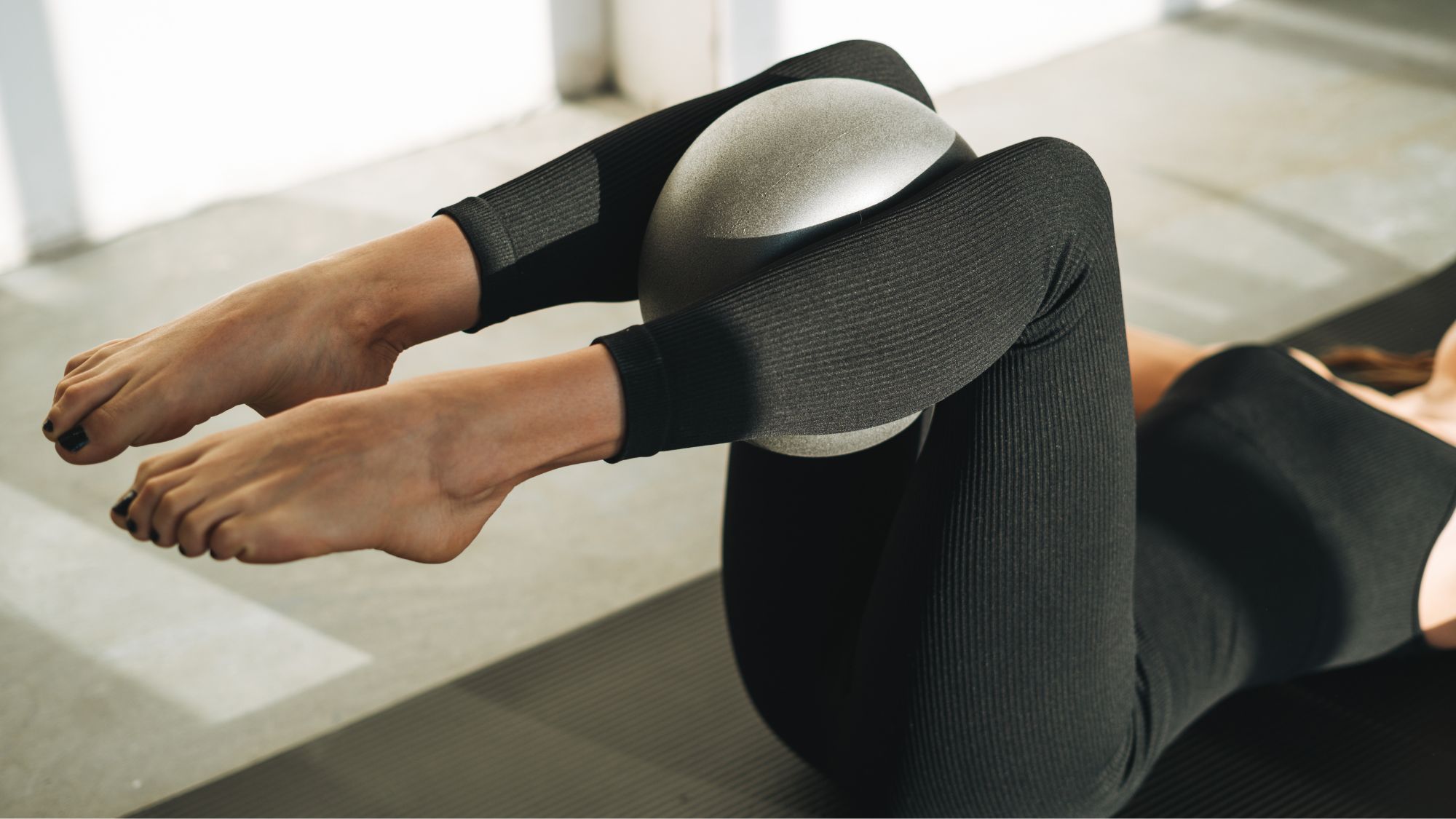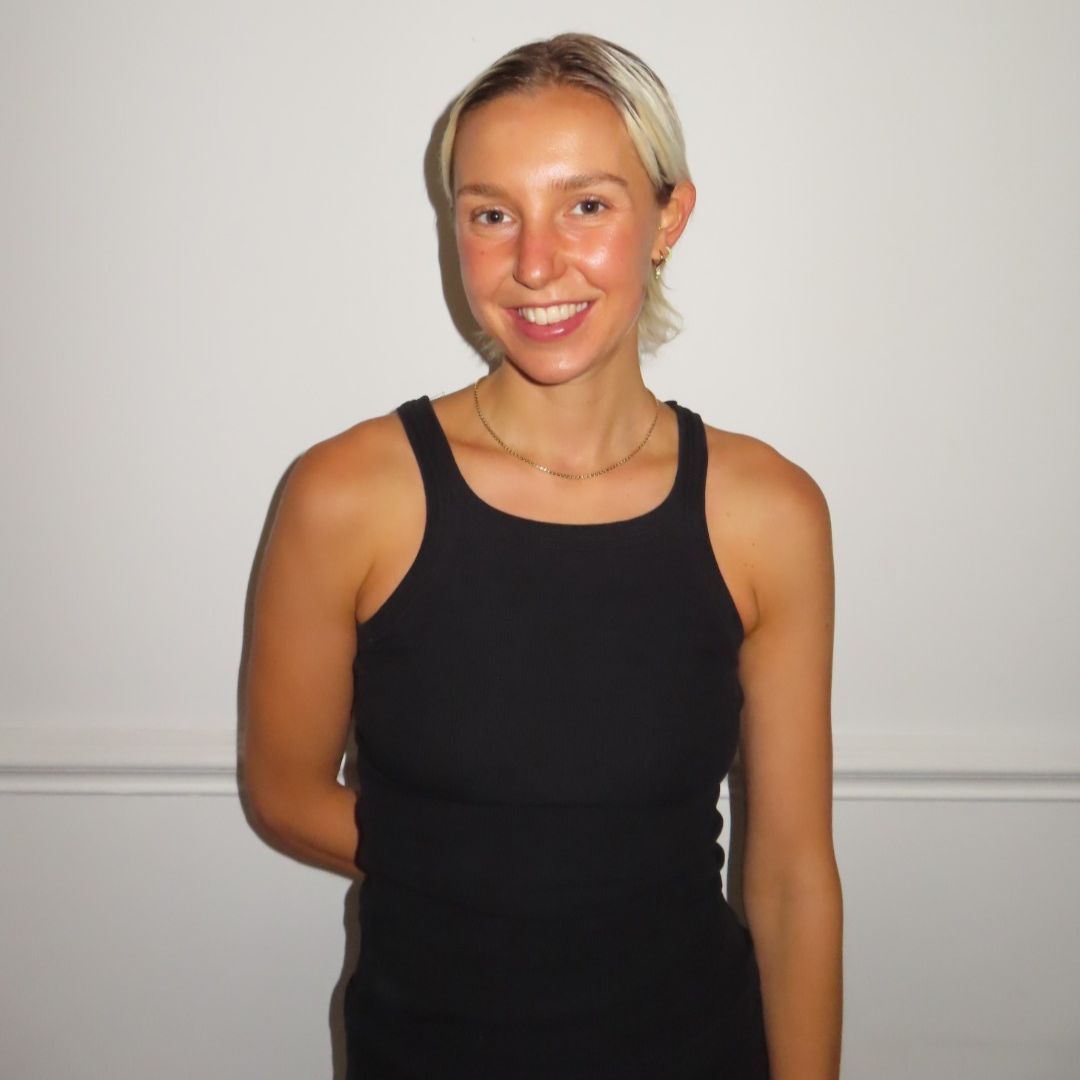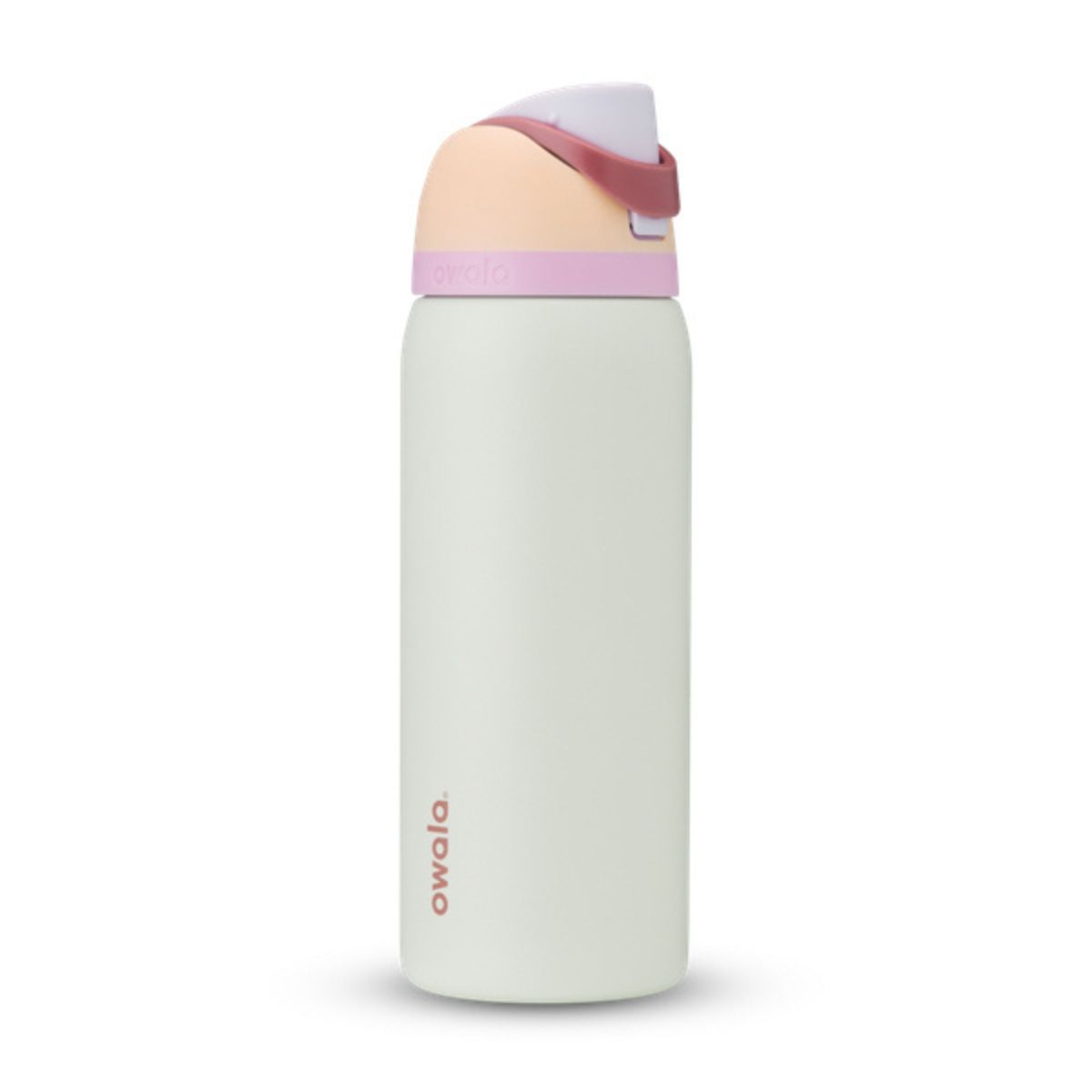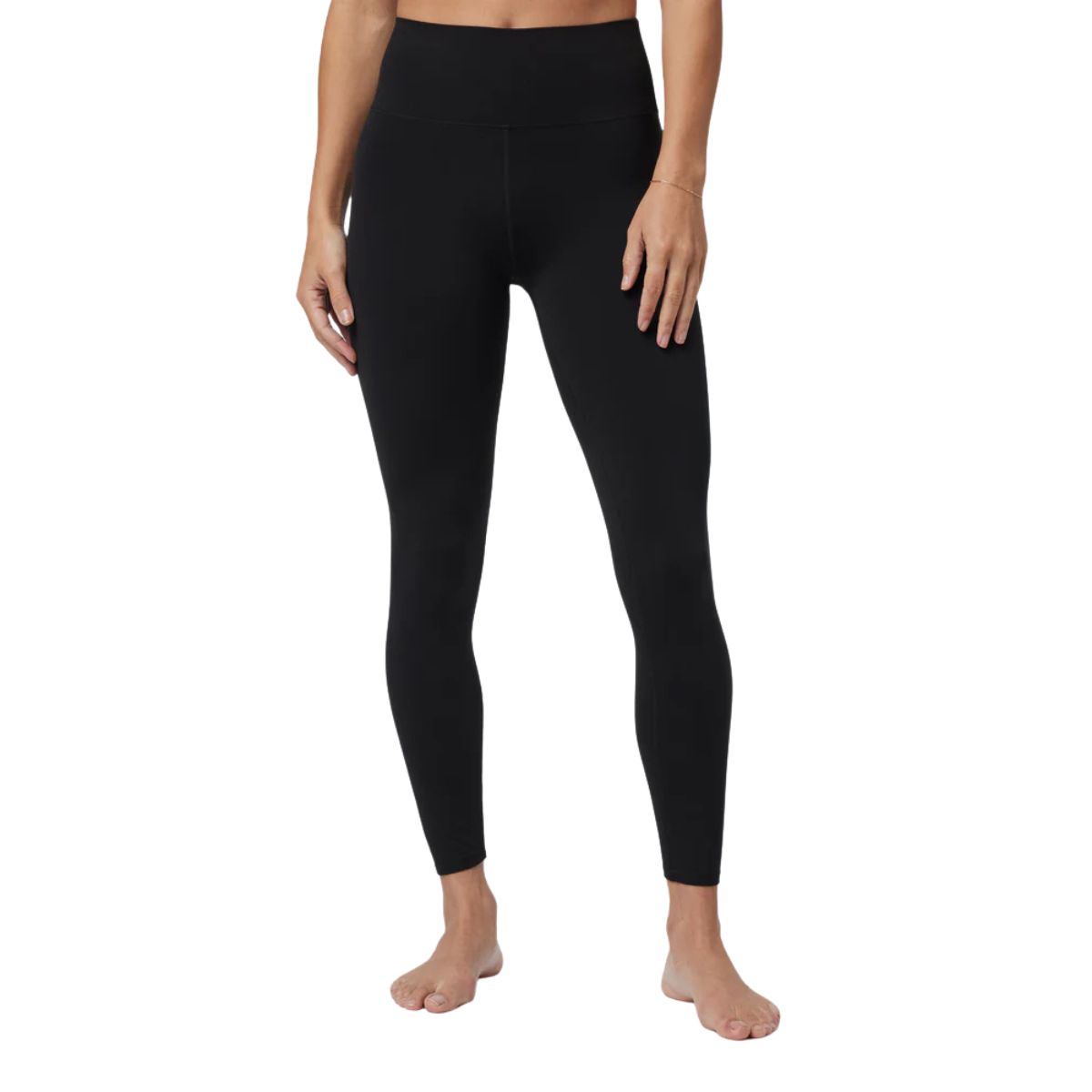Is the Viral Asian Pilates Workout an Ancient Philosophy Worth Trying or AI Fad? We Ask Top Pros
As the term trends online, we ask Pilates teachers and Eastern movement practitioners to share their take on the method.


It was while scrolling through Instagram Reels that I first came across the term Asian Pilates. On my screen, an AI-generated woman told me that “every menopausal woman is being lied to,” and that they should all immediately start practising Asian Pilates, which she claimed would deliver better results than the gym ever could.
As a Health Writer, I’m no stranger to a health fad, and this video had all the usual hallmarks. Think emotional pain point, a dose of scaremongering and a quick fix solution. I was almost ready to keep scrolling when I saw that searches for Asian Pilates had surged by over 5,000% in the past month.
That’s the problem with health misinformation that spreads online. When it preys on vulnerabilities like menopause, a life stage currently affecting over one billion women globally, with symptoms including mood swings, sleep issues, and changes in libido and body composition, it becomes almost impossible to resist.
To get to the bottom of the claims and find out if Asian Pilates is really a wellness fad dressed up as cultural mystique, I spoke to leading Pilates instructors and movement practitioners who draw upon principles from Traditional Chinese Medicine, Tai Chi, and Qigong, to understand how Eastern philosophies can truly deepen the Pilates practice.
If you’re here looking for evidence-based hormone support, check out our expert guides on balancing hormones, thriving through menopause and managing PCOS. Plus, for those keen to learn more about the low-impact workout, don’t miss our breakdown of how to apply traditional Pilates principles to your practice.
Asian Pilates Might Be AI’s Latest Marketing Trend, but There’s Lots We Can Learn From Ancient Eastern Philosophies - Your Guide.
What is Asian Pilates?
The term Asian Pilates might be gaining traction as a wellness buzzword, but the reality is that it isn’t a single, unified method. In fact, whilst Pilates variations across Asia have naturally been shaped by local culture, philosophy and social norms, they remain grounded in the same core principles of precision, control and mindfulness, which were founded by Joseph Pilates and which we follow here in the UK.
Take, for example, how Pilates is taught in Korea, where classes tend to be more structured, less fitness-focused and arguably more true to Classical Pilates than many variations we see here in the UK. “In Korea, there’s a stronger focus on accuracy, balance and mindful discipline,” says Seoul-based instructor Jiwon Lee. “People value a more organised and alignment-focused approach, with most studios starting with a posture and body analysis in the first session.”
Celebrity news, beauty, fashion advice, and fascinating features, delivered straight to your inbox!
In Japan, the differences lie more in the mindset people hold towards movement than in exercise itself. “People in Japan love to understand the purpose of their exercise, analysing it from a very personal perspective,” explains Pilates instructor Oliana Imanishi. Community, she says, also plays a more central role in the class experience. “In Japan, there’s often tea and time to gather together after class, whereas in the UK the mindset is busier and more individualistic, with more focus on the workout itself.”
It’s also not uncommon for Asian Pilates teachers to use Eastern philosophies and bodywork techniques to deepen the mind-body connection, says Pilates instructor Akane Abe-Trimmer, who taught in Japan for sixteen years before relocating to London, where she teaches at YogaHome. Abe-Trimmer herself incorporates Noguchi Taiso into her sessions, a Japanese bodywork practice focused on relaxation and releasing tension. “Noguchi Taiso helps students tune into the inner workings of the body and discover natural, efficient movement patterns, which is something Pilates can sometimes miss,” she explains.
So, while Asian Pilates is hardly a redefinition of the practice, it could widen its lens to include lessons from centuries-old traditions that champion holistic wellness.
@reversehealth 🌸 Meet the Reverse Health Asian Pilates plan — designed exclusively for women over 40. This isn’t just another workout. It’s a mindful, joint-friendly routine that: ✨ Restores balance & supports hormonal changes ✨ Builds core strength & tones muscles without strain ✨ Improves posture, mobility, and energy naturally Whether you’re brand new to Pilates or coming back after years, this routine adapts to YOU — with step-by-step guidance, progress tracking, and a supportive community cheering you on. 💪💜 Because staying active in midlife shouldn’t mean pushing harder — it’s about moving smarter. 👉 If you’re ready to feel stronger, more balanced, and more confident, drop a 💜 in the comments to let us know that you're ready try Asian Pilates!
♬ sonido original - Reverse Health
What are the benefits of embedding Eastern philosophies into Pilates?
Before we go any further, a quick reminder that no matter how it’s branded, Pilates delivers a wealth of benefits, as Melissa Leach, strength and conditioning coach at Yoga-Go, explains. “Pilates builds deep abdominal strength, supports posture, balance, and coordination, all without the strain of high-impact workouts,” she says.
It’s why we’ve seen it become such a go-to for women navigating moments of hormonal change, such as the ones we see during menopause. Research shows that the drop in oestrogen can bring with it increased fatigue, joint pain, disrupted sleep and slower recovery, which can make higher impact workouts harder to sustain. So, whilst Asian Pilates is currently being marketed as the miracle solution for menopause, these benefits are actually part of the Pilates practice as a whole, not something unique to the region.
That said, there’s still real value in drawing inspiration from Eastern philosophies like Traditional Chinese Medicine (TCM), Tai Chi or Qigong, particularly when it comes to mindfulness and the emotional aspect of Pilates.
“When TCM philosophy is layered into Pilates, it adds a deeper energetic and emotional dimension to movement,” explains Ada Ooi, Integrative Chinese Medicine Clinician. “Not only will you concentrate on posture and breath, but you also gain a deeper understanding of your internal flow of energy, known as Qi, which supports emotional regulation, clarity and resilience.”
Given that Pilates is consistently shown by research to reduce stress, anxiety and depression because of the attention it demands on muscular control, posture and breathing, incorporating TCM principles simply gives us the chance to build on this by moving with more intention, tuning into our energy, and using our awareness as a tool for balance on and off the mat.
The mind-body connection emphasised in TCM is mapped through the meridian system: pathways of energy which run throughout the body and link to different organs and emotions. It might sound abstract, but it’s an ancient framework for understanding how movement and emotion interact. “For instance, twisting exercises in Pilates can stimulate the Liver meridian, promoting flexibility and emotional release, while gentle chest-opening movements nourish the Heart meridian, supporting circulation and joy,” says Ooi. “By aligning Pilates with the meridian system, practitioners enhance muscular precision, energetic flow, emotional clarity, and holistic resilience.”
Who is Asian Pilates best for?
Just like Pilates in the West, practices taught across Asia are accessible for all levels, from complete beginners to long-time devotees.
For beginners, especially, exploring elements of Eastern practices like Tai Chi and Qigong can support the foundation of Pilates, which includes breath control, fluidity, and awareness.
“The internal awareness from Qigong helps you feel subtle muscular engagements, the quality of your breath and where you’re holding tension, which you might otherwise miss in Pilates,” explains Tina Faulkner-Elders, Instructor at the Ruyi School of Taijiquan and Qigong.
“Everybody can benefit, precisely because TCM is so adaptable,” adds Ooi. “Its principles can be applied to any body type, fitness level, or stage of life. The goal is to create flow, cultivating smooth communication across all layers of the self: physical, emotional, mental, and energetic.”
In other words, slowing down, tuning in, and moving with intention can benefit all of our practices, whether we’re easing into exercise post-injury, navigating menopause, or simply wanting to feel more connected in our workouts. Incorporating spiritual philosophies simply invites us to approach Pilates as more than physical training, but as an opportunity for full-body dialogue.
How can I incorporate Eastern philosophies in my Pilates practice?
If you’re curious about blending Eastern principles into your Pilates practice, the good news is that it doesn’t need to be complicated. In fact, Ooi says it can be both simple and intuitive, using just small shifts to connect with your breath and energy.
1. Meridian-focused movements
“Tailor your sequences to stretch or activate meridians linked to specific organs,” says Ooi. “For instance, try side bends to release the Gallbladder meridian or spinal articulations to tone the Kidney meridian.”
“You can also use tapping whilst stretching,” she adds. "This creates a deeper circuit between the meridian lines and the organ systems.”
2. Breathwork and mindfulness
“Coordinate your breath with each movement to harmonise Qi (energy) and calm the Shen (spirit),” says Ooi.
3. Acupressure awareness
Ooi suggests applying gentle pressure on acupoints such as Zu San Li, located on the outer side of the leg, to unlock feelings of vitality, or the Shen Men, on the upper part of the ear, for emotional balance.
It’s important to stress that techniques like acupressure need to be approached safely and with guidance, especially as Alex Jacobs, Chief Executive of the British Acupuncture Council, cautions that some pressure points aren’t suitable for those during pregnancy. “Acupressure is highly individualised to your specific health needs,” he explains, “which is why we recommend seeking advice from a trained acupuncturist who can help you develop a practice best suited to you.”
Asian Pilates: our verdict
Ultimately, if you take away anything, it’s that Asian Pilates isn’t a new method - it’s largely a marketing label. Pilates worldwide is built on the same foundations of breath, control, and alignment.
That said, integrating principles from Eastern philosophies like Traditional Chinese Medicine, Tai Chi, or Qigong can add emotional depth and a broader appreciation of the connection between the mind and body, which is already central to Pilates. By encouraging internal awareness, energy flow, and presence, these approaches can enrich your practice, but it doesn’t create a fundamentally different form of exercise.
The best advice? Approach it with curiosity and caution, and with the support of a trained practitioner in whichever field you’re interested in exploring.
Shop MC-UK Approved Pilates Kit Now:

A former heptathlete, Ashleigh is a freelance journalist, specialising in women’s health, wellbeing and lifestyle, with words in Stylist, Cosmopolitan, Glamour and Marie Claire. She’s also the Co-Founder of Sunnie Runners, an inclusive London based run club.


